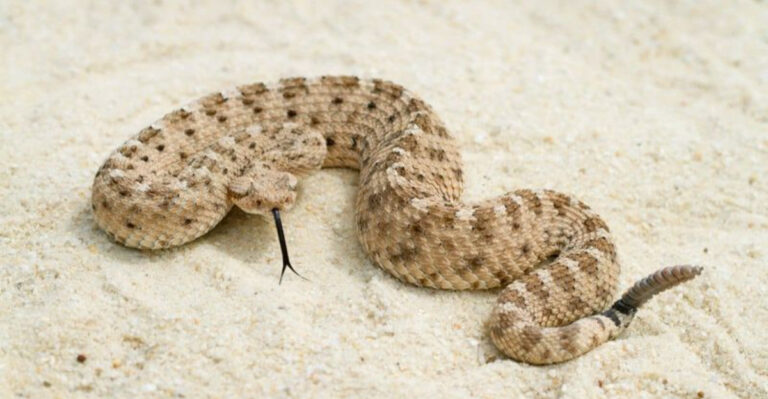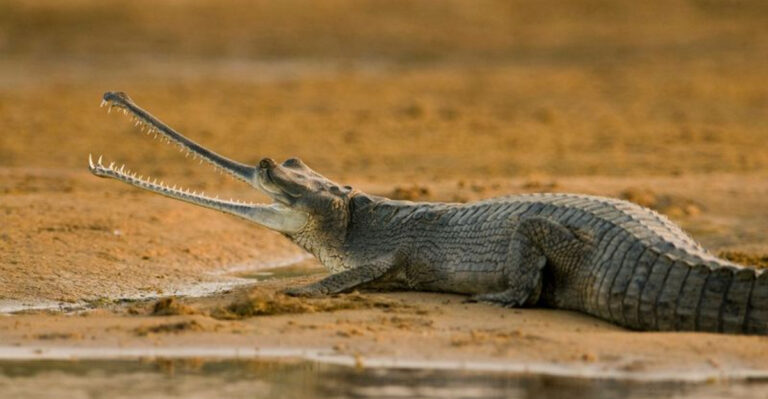13 Extinct Shark Species That Once Dominated The Oceans
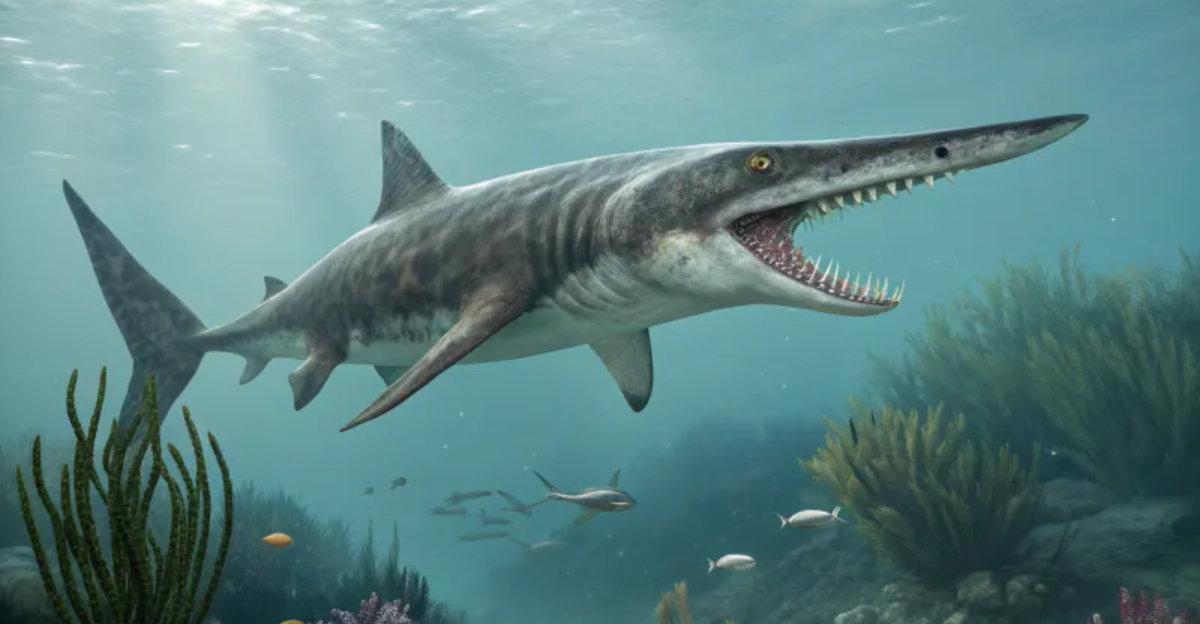
Sharks have been roaming the Earth’s oceans for more than 400 million years, evolving into a wide variety of species.
While many shark species continue to thrive today, numerous types of sharks have gone extinct over the millennia, leaving behind fascinating fossils that tell us a story of change and survival in Earth’s ancient oceans.
From the colossal Megalodon to the uniquely shaped Helicoprion, each extinct species provides valuable insights into the history of marine life and the shifting environments of our planet.
1. Megalodon
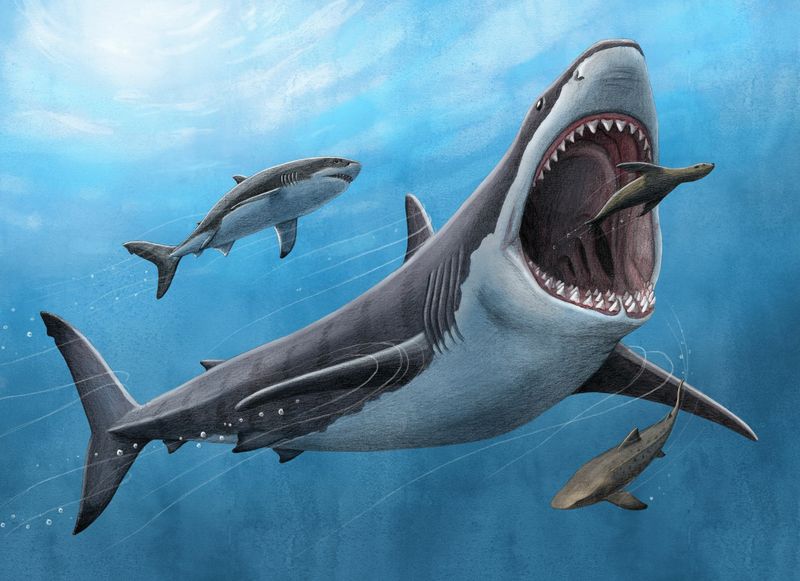
The Megalodon, a prehistoric giant shark, roamed the oceans approximately 23 to 3.6 million years ago. Known for its colossal size, reaching lengths of up to 60 feet, this ancient predator dominated the seas. Scientists believe the Megalodon fed on large marine mammals, showcasing its sheer power.
Despite its fearsome reputation, the Megalodon’s extinction remains a mystery. Some theories suggest climate change and competition for food played a role.
Others speculate that a shift in ocean currents affected its survival. This remarkable creature’s legacy lives on through fossils, inspiring awe and curiosity among researchers and enthusiasts alike.
The Megalodon reminds us of the ocean’s ever-changing nature and the importance of understanding the past to protect the future of marine life.
2. Cladoselache
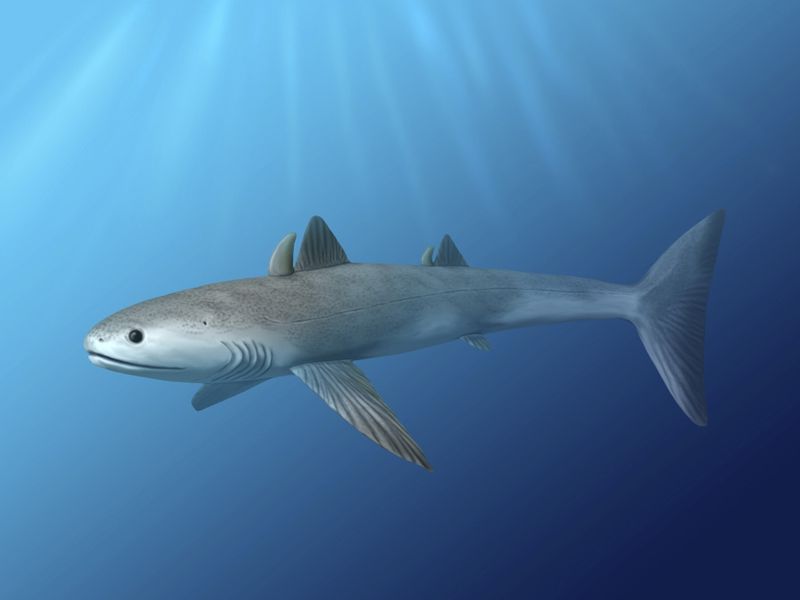
Cladoselache was a swift and agile shark that thrived during the Devonian Period, over 370 million years ago.
With a length of about 6 feet, it was one of the earliest known true sharks. Its streamlined body and forked tail allowed it to navigate through ancient seas with precision. The lack of scales and its unique fin structure set Cladoselache apart from many modern sharks.
Fossil evidence suggests it preyed on small fish and other marine creatures. Despite its extinction, Cladoselache provides valuable insights into shark evolution. Its well-preserved fossils help scientists understand early shark anatomy and behavior.
This ancient shark exemplifies the diversity of prehistoric marine life and the evolutionary journey of sharks over millions of years.
3. Stethacanthus
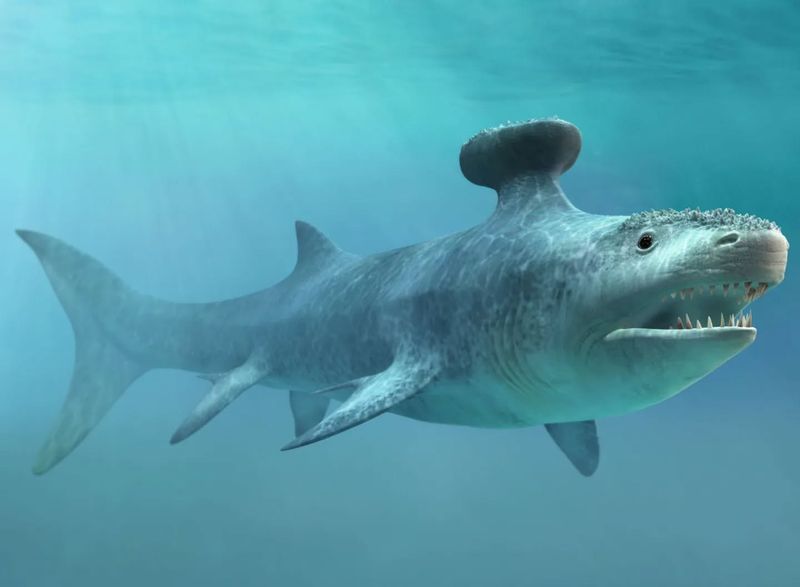
Stethacanthus, often recognized by its anvil-shaped dorsal fin, lived during the late Devonian to early Carboniferous periods.
Its distinct appearance has fascinated paleontologists, making it a subject of extensive study. Measuring about 3 feet in length, Stethacanthus was relatively small.
Its unusual dorsal fin, resembling a flat brush, is believed to have played a role in mating displays or as a defensive mechanism.
This extinct shark showcases the diversity and adaptability of ancient marine life. Stethacanthus adds a unique chapter to the evolutionary history of sharks, offering glimpses into the varied forms that once swam in Earth’s oceans.
Its peculiar features continue to intrigue scientists, shedding light on the complexity of prehistoric ecosystems.
4. Helicoprion
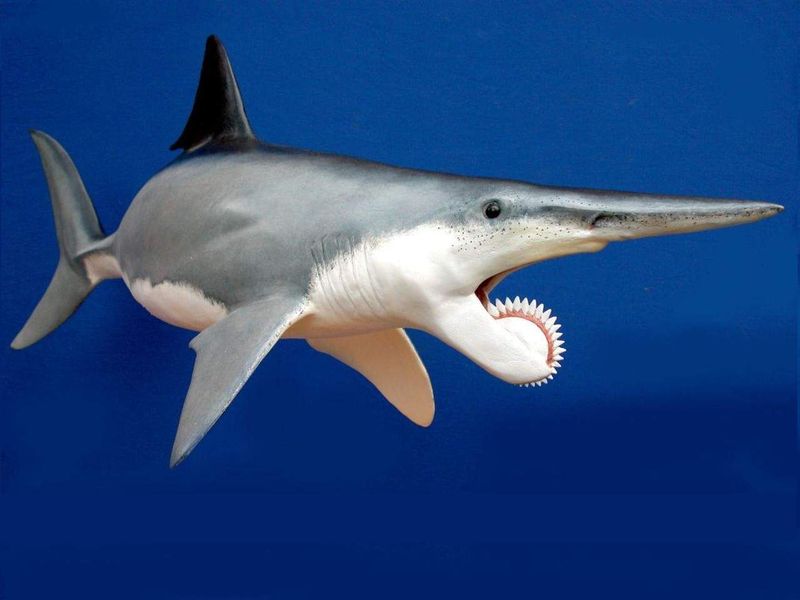
The Helicoprion is famous for its spiral-toothed jaw, a feature that has puzzled scientists for decades. This extinct shark lived around 290 million years ago during the early Permian period.
Its unique dental structure has sparked numerous theories about its feeding habits and lifestyle. Reaching lengths of up to 25 feet, Helicoprion likely preyed on soft-bodied marine animals. Its whorl of teeth, resembling a circular saw, was probably used to grasp and slice through prey.
Helicoprion’s fossil record is limited, primarily consisting of its distinctive teeth. However, these remnants have provided essential insights into its appearance and ecological role.
This intriguing shark highlights the diverse evolutionary paths within the shark family, leaving a legacy of curiosity and wonder.
5. Carcharocles angustidens
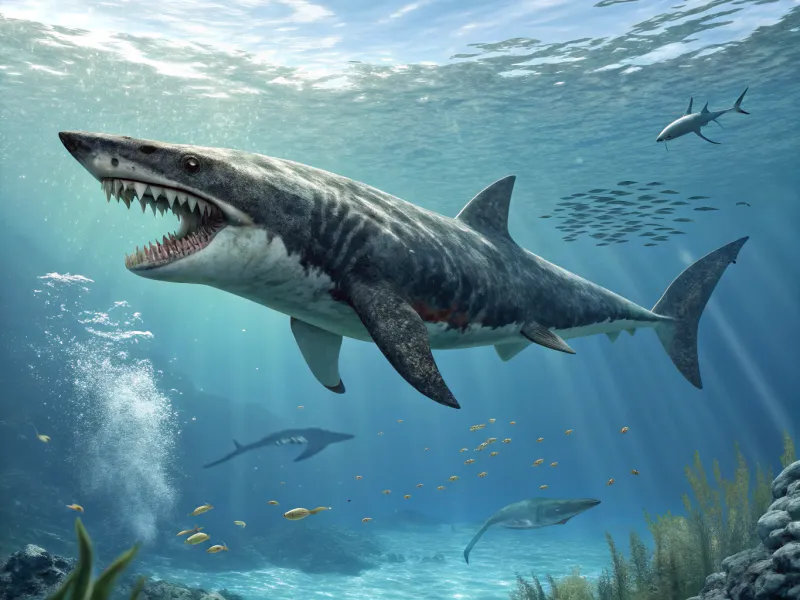
Carcharocles angustidens was a formidable predator that inhabited the oceans during the late Oligocene to early Miocene epochs.
Known for its impressive size, it could grow up to 30 feet long. This shark is often considered a close relative of the Megalodon, sharing similar traits and hunting behaviors.
Its serrated teeth were ideal for slicing through the flesh of large marine mammals, which likely composed the majority of its diet.
Fossil evidence indicates that Carcharocles angustidens was a top predator in its ecosystem. The extinction of this powerful shark is attributed to climatic shifts and changes in the availability of prey.
Its legacy endures through fossilized teeth and skeletal remains, offering valuable insights into the evolutionary history of predatory sharks.
Carcharocles angustidens exemplifies the adaptability and prowess of ancient marine predators.
6. Xenacanthus
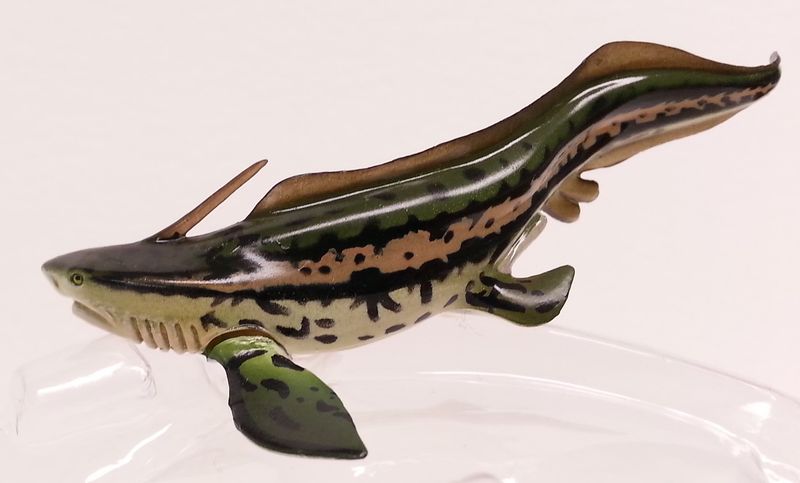
Xenacanthus was an eel-like shark that thrived in freshwater environments from the late Devonian to the Triassic periods. Its elongated body and distinctive dorsal spine set it apart from its marine counterparts. Growing up to 3 feet long, Xenacanthus was well-adapted to its niche.
Fossils suggest that it fed on small fish and invertebrates, using its sharp teeth to capture prey. The unique anatomy of Xenacanthus provides insights into the diversity of ancient shark species and their adaptability to different environments.
Despite its extinction, Xenacanthus remains a subject of interest for paleontologists studying the evolution of freshwater sharks.
Its specialized features highlight the complex evolutionary pathways that have shaped the development of sharks over hundreds of millions of years, offering a glimpse into prehistoric aquatic ecosystems.
7. Ptychodus
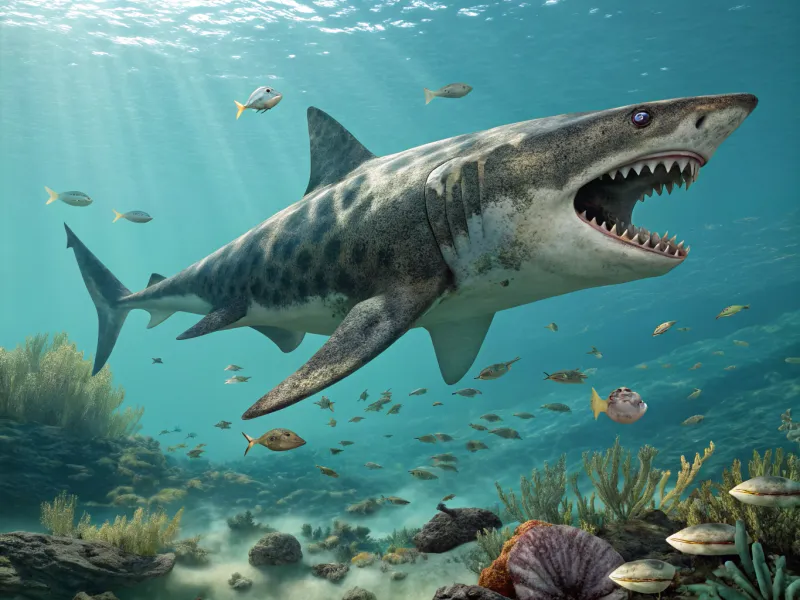
Ptychodus was a unique shark that lived during the Cretaceous period, known for its flat, crushing teeth. These specialized teeth were adapted for feeding on hard-shelled prey like mollusks and shellfish.
This adaptation made Ptychodus a powerful predator in its marine environment. Reaching lengths of up to 30 feet, Ptychodus had a broad, rounded snout and a robust body. Its ability to crush shells set it apart from other predatory sharks of its time.
Fossils of Ptychodus have been found in various locations, providing valuable insights into its diet and habitat preferences.
This extinct shark exemplifies the diverse feeding strategies that ancient sharks employed, showcasing the evolutionary ingenuity of these prehistoric predators. Ptychodus’ legacy continues to inform our understanding of shark evolution and the complexity of ancient marine ecosystems.
8. Cretoxyrhina
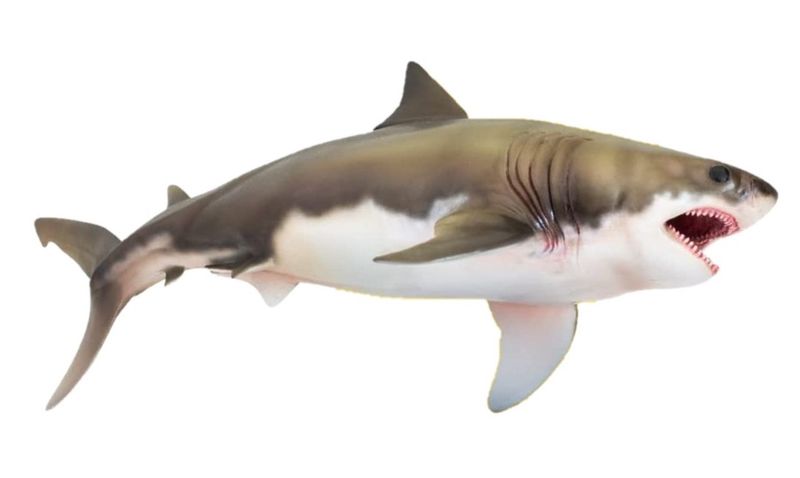
Cretoxyrhina, often referred to as the Ginsu Shark, was a powerful predator that ruled the Cretaceous seas about 100 million years ago.
Known for its speed and agility, this shark could reach lengths of up to 25 feet. Its sharp, serrated teeth were perfect for tearing into a variety of prey, including marine reptiles and other large fish.
The fossil record of Cretoxyrhina includes well-preserved teeth and skeletal remains, offering a detailed glimpse into its life and behavior.
Its presence at the top of the food chain highlights its role as a dominant predator in its ecosystem. The extinction of Cretoxyrhina is linked to significant environmental changes that occurred at the end of the Cretaceous period.
Despite its disappearance, the Ginsu Shark remains an iconic example of prehistoric marine predators, illustrating the dynamic nature of evolution and the shifting balance of oceanic life.
9. Hybodus
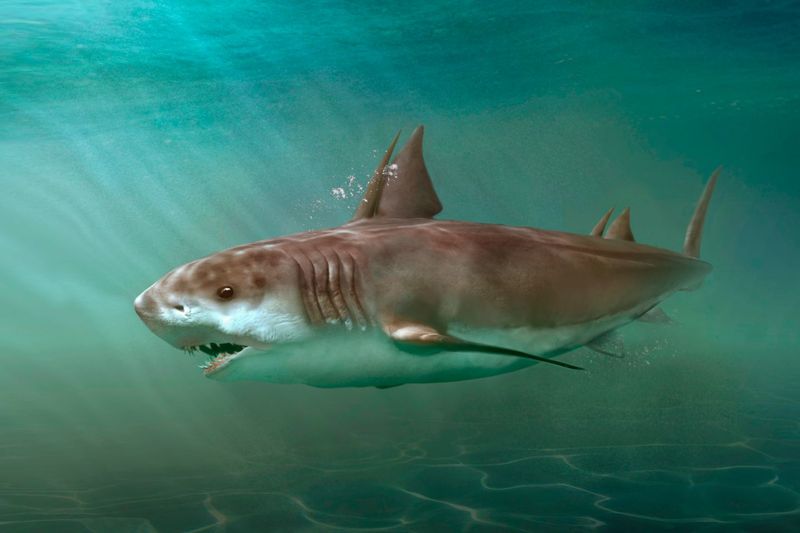
Hybodus was a small yet versatile shark that thrived during the Jurassic period. With a size of about 6 feet, it was equipped with dual-purpose teeth designed for both gripping and grinding, allowing it to consume a varied diet.
The adaptability of Hybodus is evident in its fossil record, which reveals a widespread presence in both marine and freshwater environments.
Its streamlined body and distinctive dorsal fin spines contributed to its success as a predator. Despite its extinction, Hybodus offers important insights into the evolutionary history of sharks, particularly their ability to adapt to diverse ecological niches.
This ancient shark’s legacy is reflected in its remarkable versatility and the evolutionary innovations that allowed it to thrive in a dynamic world.
10. Scapanorhynchus
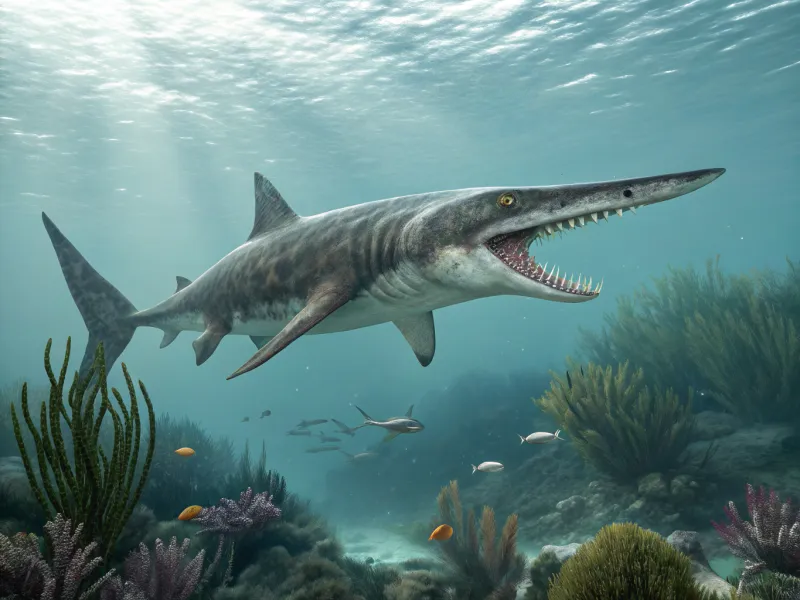
Scapanorhynchus, commonly known as the goblin shark’s ancestor, existed during the Late Cretaceous period. Its elongated snout and protruding jaws are characteristic features that have intrigued scientists and shark enthusiasts alike.
Reaching lengths of up to 10 feet, Scapanorhynchus inhabited various marine environments, preying on fish and squid. Its unique jaw structure allowed for efficient hunting, reflecting the specialized adaptations that prehistoric sharks developed.
The well-preserved fossils of Scapanorhynchus provide valuable insights into the evolutionary lineage of goblin sharks.
This extinct shark underscores the diversity and complexity of ancient marine life, illustrating the evolutionary paths that have shaped modern shark species. Its intriguing features continue to captivate researchers, offering a glimpse into the distant past of oceanic predators.
11. Otodus
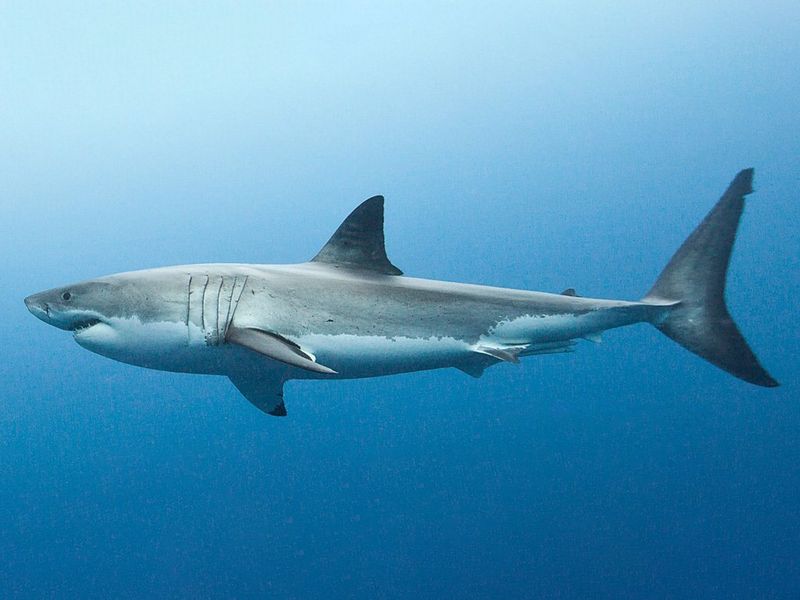
Otodus was a formidable shark that lived during the Paleocene to Miocene epochs. Known for its robust teeth, Otodus was a top predator, reaching lengths of up to 40 feet. Its size and strength made it one of the dominant hunters in ancient oceans.
Fossil evidence suggests that Otodus preyed on large marine mammals, using its powerful jaws to capture and consume prey. Its impressive fossil record includes well-preserved teeth, offering insights into its role within the marine ecosystem.
The extinction of Otodus is believed to be linked to climatic changes and shifts in prey populations. Despite its disappearance, this ancient shark remains a subject of fascination, highlighting the dynamic nature of shark evolution.
Otodus’ legacy continues to inform our understanding of the adaptive strategies that have enabled sharks to survive and thrive over millions of years.
12. Edestus
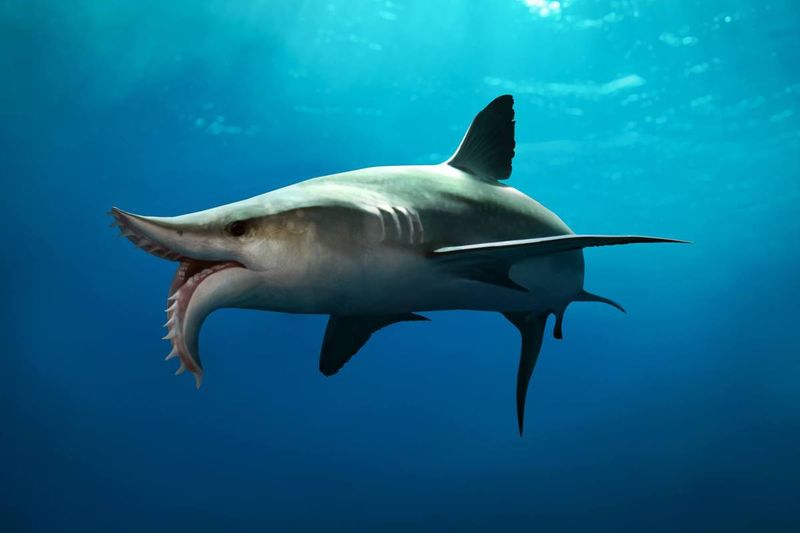
Known as the “scissor-tooth shark,” Edestus roamed the oceans during the late Carboniferous period. Its jaws, resembling giant shears, were unlike any other shark, making it a marvel of evolutionary engineering.
Fossils of Edestus have been found in North America and parts of Europe, offering a glimpse into a world dominated by peculiar marine life. The configuration of its teeth suggests a unique feeding style, possibly involving vertical shearing motion.
The mystery of Edestus lies not only in its distinct jaws but in the absence of a modern counterpart, showcasing nature’s experimentation through time.
13. Squalicorax
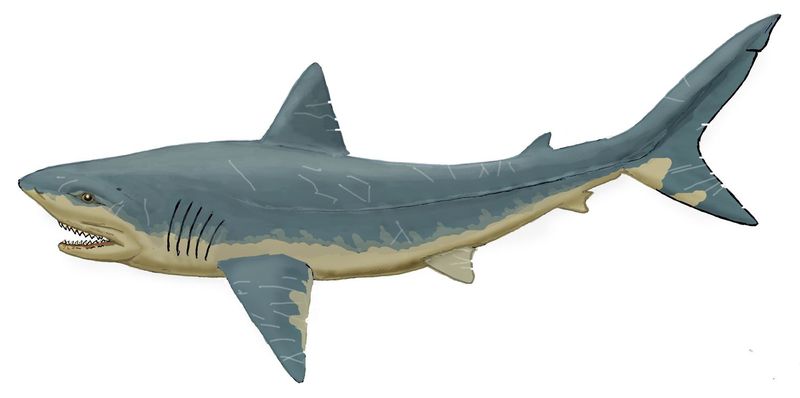
The infamous Squalicorax, or “Crow Shark,” prowled the seas during the Cretaceous period, known for its serrated teeth akin to a saw blade.
Fossilized remains have been uncovered in regions that were once warm, shallow seas, such as parts of present-day North America and Africa. Its teeth reveal a diet likely consisting of turtles and smaller marine reptiles.
Squalicorax’s legacy lives on in its teeth, often discovered in fossil beds, providing insights into its predatory lifestyle and the rich biodiversity of the Cretaceous oceans.

